Nestled in the Atherton Tablelands is the village of Yungaburra and on the advice of a friend, I had lunch at the Yungaburra Pub (Lake Eacham Hotel. They were the best lamb chops I'd had in a long time - three chops, mashed potato, pumpkin, carrot, broccoli, zucchini, gravy and mint sauce, and all for $17! Add a glass of wine ($4) and you have the makings of a delicious meal.
The Yungaburra Pub
This grand old lady is a wonderful showpiece of Federation architecture and is still in amazingly original condition both inside and out. With all the style of a bygone eras it has seen since it was first built in 1910, the time of the timber getters is reflected in cedar and silky oak - visiting dignitaries to the enormous ballroom are preserved forever in photo frames and there is an excellent collection of general memorabilia on show.
The Verandah
A lovely spot to enjoy a quiet drink and a smoke with a refreshing breeze.
The Sign
I was amused by the "Toilet Ethics" sign - I wonder how many people adhere to this?
Whistle Stop Cafe
On the corner opposite the pub is this lovely little "cottage" with all sorts of delicious cakes plus an assortment of "cottagey" type crafts.
Another Sign
I thought this sign was so quaint, I just had to take a photo of it for posterity!
Curtain Strangler Fig
This is the tree that all the tour companies go to.
A short drive (about 1 km) from Yungaburra is this magnificant Strangler Fig - directions to this fantastic tree are well sign-posted and it is well worth it. There are interpretative signs which describe how the Curtain Fig Tree grew and some additional interesting information.
A closer look
There is a continuous board walk around the tree and a section which creates good perspective for photo opportunities. Lumholtz Tree Kangaroos & Green Possums can sometimes be seen asleep in this area during daylight. After dark you can spotlight for Tree Kangaroos, Green Possums, Herbert River Possums and Coppery Brushtail Possums.
Did you know that to count the tangled roots of the Curtain Fig would take a week?
The Top
It is one of the largest trees in north Queensland, and one of the best known attractions on the Tablelands, and its curtain of aerial roots drop 15 metres (49 feet) to the ground. Large basalt boulders cover the forest floor, which is probably why the forest here wasn't cleared for farming - and why the curtain fig tree remains standing.
The Curtain Fig Cycle
1. A seed is deposited in the host tree's crown in bird, possum, tree kangaroo or rat droppings.
The seed germinates and its first root begins to descend to the soil.
2. Enriched by the soil, the fig develops aerial roots which encircle
and eventually strangles the host tree.
3. This stage is unique in the development of the Curtain Fig Tree.
The host tree falls into a neighbouring tree and vertical fig roots descend
from its leaning trunk to form the curtain like appearance.
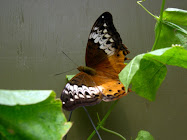












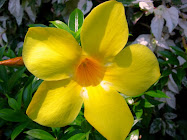

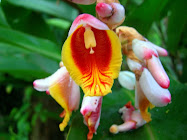



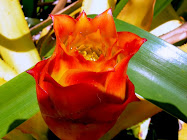
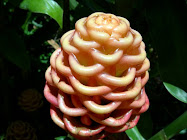
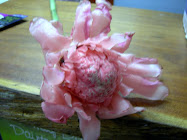

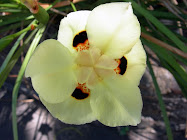
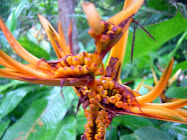
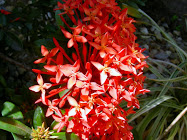
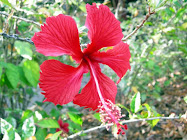
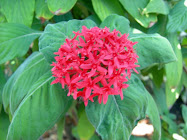
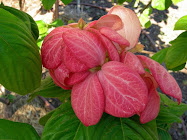
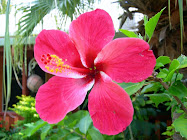
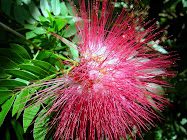
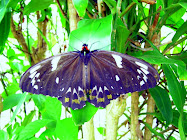
No comments:
Post a Comment